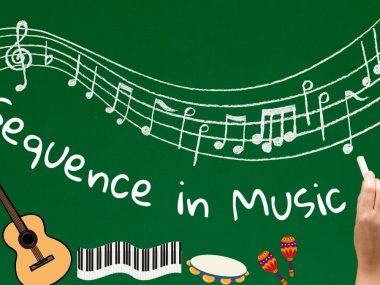Do you know of any top-100 tracks from the past half-decade? If so, then you’ve heard plenty of music samples before. Even though you may not be able to answer ‘what is a sample in music?’ you know more than you think you do.
Composers and music producers refer to music as a continual conversation between generations. To keep this conversation going, musicians have started relying on a neat little trick known as sampling.
As an art form, sampling has spanned across many music styles. When it first hit the music world in the 1940s, musicians knew they would never run out of ideas ever again!
Keep reading to find out more.
What Is a Sample in Music?
A sample in music is a section of a previously recorded song. It’s reproduced and incorporated into a track to create a unique layout. Often, a sample is manipulated to sound different from the original recording.
This can be an instrumental chord of a guitar, drum, or violin solo. It can also be added as an element like the sound of glass shattering or scissors cutting up paper.
Producers and musicians weave these music pieces, or samples, together. In the end, they’re left with a fresh and renovated piece of music by a new artist.
A Brief History of Sampling in Music
Many of the most renowned and well-known songs of today are founded on the art of music sampling. So, how did it start and who were the masterminds behind it?
Let’s find out.
Musique Concréte
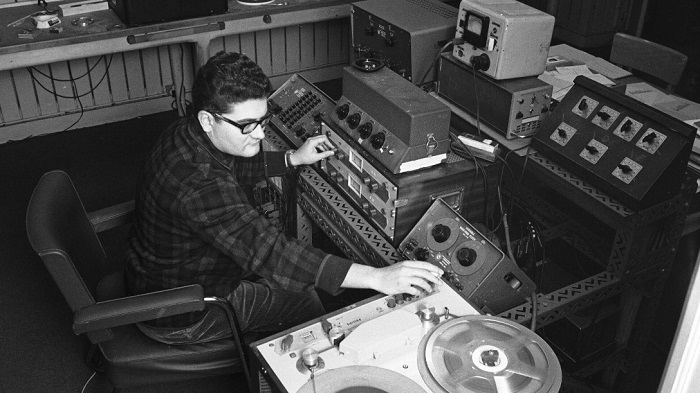
In the 1940s, two French composers had a growing desire to create a new kind of music. So, Pierre Henry and Pierre Schaeffer set out to toy with different ways of doing just that.
Shortly afterward, what they were doing began attracting people’s attention. Without even realizing it, they had started a movement.
They gave their movement one of the most bizarre names they could think of: Musique Concréte. It’s French for— you guessed it— concrete music!
Through this movement, they could create new musical compositions. Sometimes, they would blend together musical sounds.
Then, other times, they used sounds that had nothing to do with music. A few examples include kitchen utensils, train whistles, and other crazy sources.
Sometimes, they would combine these sounds with previously recorded tracks or let them stand alone. Next, they would loop and splice the tapes to create a cacophony of tones and pitches.
These absurd-sounding montages weren’t accepted by many in the music industry. Nevertheless, it’s this unprecedented method that formed the rudimentary beginnings of sampling.
Science Fiction Soundtracks
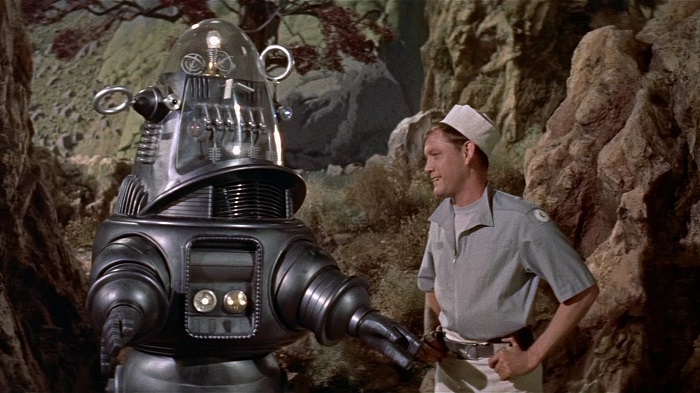
During the next decade, musique concréte was adapted for use in science fiction films. Several movie soundtracks at the time were based on this form of art. A couple of examples include Forbidden Planet (1956) and Doctor Who (1963).
Others who came after enjoyed the idea of sampling but didn’t really do anything with it. Although, many believe that jazz musicians sampled one another’s riffs and basslines all the time.
Hip-Hop Music
Sampling didn’t really get picked up until the 1980s with the launch of hip-hop. This new style of music was the first-ever genre to explore all that sampling had to offer.
They used different synthesizers and samplers to salvage old music. What they came up with was something no one had ever heard before.
It took some time for people to catch on. Yet, ever since then, hip-hop has been steadily increasing in popularity. Today, it’s the most popular music genre, according to album sales and music charts.
Soon after, disco music and EDM also began putting sampling to good use. Since then, the art of sampling in music has helped create some of the most popular songs of our time.
When Was ‘Sampling’ First Coined?
The term ‘sampling’ was first coined in the late 1970s by two electronic engineers. Peter Vogel and Kim Ryrie wanted to provide musicians with the means to generate new sounds.
Following in the footsteps of musique concréte, they invented the Fairlight CMI synthesizer. All subsequent samplers and synthesizers were based on this prototype.

As the years went on and technology improved, new inventions started emerging. These samplers were more affordable.
Plus, they featured more storage memory than ever before. Previous models were only capable of providing mere seconds of stored data.
Another advantage was their stand-alone function. They offered musicians portability and ease of use. Having more convenient hardware allowed sampling to influence many music genres.
Here are a few examples of these modern synthesizer samplers:
- Akai S950
- E-mu Emulator
- Linn LM-1
- Oberheim DMX
- Roland W-30
Is Music Sampling Ethical?
With sampling becoming more and more prevalent, it became essential to clarify certain points from a legal point of view.
Laws were put in place to protect the track owner. If anyone wanted to use their work, they had to get legal permission, also known as clearance. Only then can you use the sample you need to turn your new track into something you can market and profit from.
There’s been a lot of debate going back and forth on the concept of samples in music. Sampling may seem straightforward, but it’s actually a pretty extensive process.
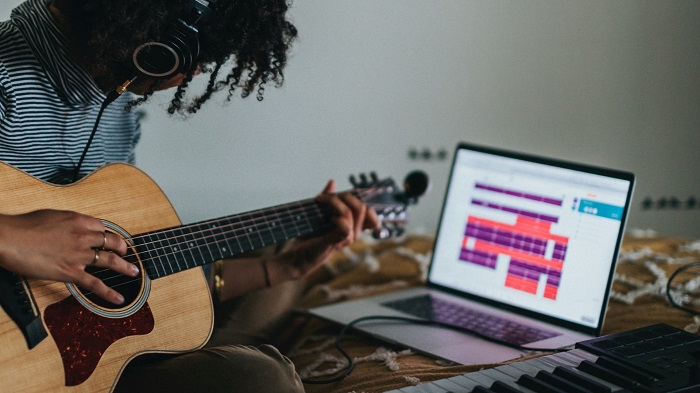
This led people to wonder whether the whole thing was legitimate. Some believe it’s unethical, and have gone so far as to call it theft and piracy.
Others are standing by it. They see it as a way to elevate a recording, rather than simply cut corners and cheat. Those in favor see it as a catalyst for creating contemporary, great-sounding tracks.
Royalty-Free
If you’re using royalty-free samples, you’re not breaking any laws. Anyone who uploads their work and sets it up as royalty-free means they’ve given up any rights they have to it. In other words, you won’t be in violation of any laws or copyright regulations
Many websites offer royalty-free samples for artists to pick and choose at their will. These can be extremely helpful and they save you a ton of time and money.
However, if you sample music without authorization, you can get yourself into a lot of trouble. You risk having your music taken down. Then, there are the legal repercussions, which can get you fined or even jailed.
Music copyright laws were put in place to protect artists and their work. Even if you’re releasing your music for free, you still need permission for the samples.
Legal Clearance

Now, let’s say you want samples from an already recorded track, but it’s not royalty-free. What do you do then?
To avoid legal fees, sometimes producers will distort samples to make them unrecognizable. Although, this can backfire in so many ways, the least of which is copyright infringement.
So, it’s better to do the right thing and obtain legal clearance so you’re in the clear. You have to contact the artist or the publishing company to get permission.
Once you have their consent, you can now use samples from their music any way you see fit. Yet, before you get started, you and the copyright owners have to agree on one of the following:
- Purchase the sample and it becomes entirely yours
- Pay a small user’s fee and give the artist a percentage of your profits
- A combination of both
Sample Length
Here’s something for you to think about: who decides how much of the sample you can use in your new track? Everything is legally obtained, but is it ethical? Can you add bits and pieces of a previous song throughout your recording and still call it your own?
The crux of this problem is that, with sampling, there’s no set length or amount. So, it can be as short or as long as the producer sees fit.
In other words, an artist can take a piece of a recording. Then, with little, or even no sound manipulation, they work it into their new track.

Some producers mix in only a guitar riff or drum sequence. Others rearrange an entire verse or chorus from a previous song.
This is essentially just copying and pasting someone’s work into your own. Without going through the proper legal channels, you could be infringing on several copyright laws.
There are those, on the other hand, who put in a bit more effort. They may pitch the vocals a couple of notes up.
At times, they chop up certain parts of an old song, create a new rhythm, or pattern. Then, they just sample it throughout their track.
Different Types of Samples in Music
Using samples in your track has never been easier. It may have started as a questionable experiment gone wrong.
Still, it’s managed to stand the test of time as is clearly seen in how common it’s being used in music production today. Technology has made it even easier thanks to DAW software and sampler plugins.
To achieve this interesting blend of the old with the new, artists use different types of sampling. The great thing is that it works great in all types of music genres of our time.
One-Shot Samples
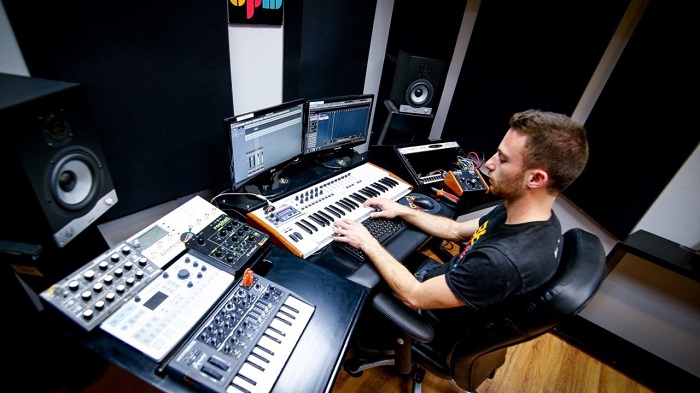
Other artists who also put in some effort in the sampling process make use of a one-shot sample. This is especially popular when building up drum beats.
A one-shot sample is a single strike of a chord, note, or any type of sound effect. It’s more often utilized to build up drum beats and can be usually heard in the lead-up to a song or in the chorus.
One-shots are single samples that are utilized once for a specific purpose. As opposed to loops, they’re not repeated or duplicated.
Dialogue Samples
Dialogue samples are quite different from those taken from musical tracks. They’re essentially words taken from a movie or TV show to add a certain impact to a recording.
Even voicemails and radio broadcasts can be considered dialogue samples. They can be as long as a couple of words or as long as an entire dialogue.
By the way, in the eyes of the law, it’s still deemed as a sample and the same rules apply. You have to get permission to avoid violating any copyright laws.
What if you put it on YouTube or SoundCloud without the intention of making money from it? You can use either royalty-free samples or have written consent from the copyright owners. Otherwise, your work can be flagged and you may end up facing serious legal implications.
Foley Samples
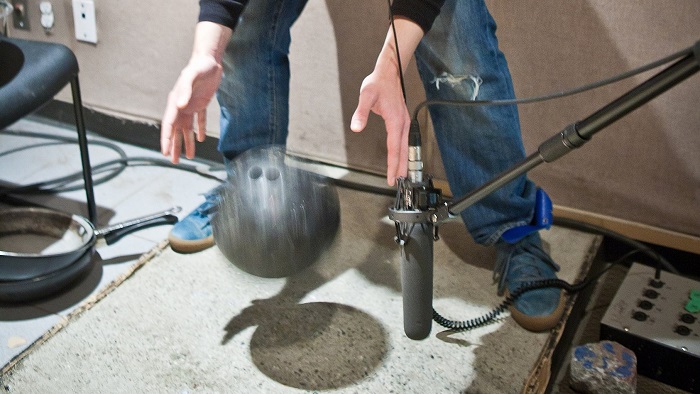
Foley samples have been around since the 1920s. This art form is credited with laying down the foundations of creating the concept of sound effects.
These samples can be leaves rustling or the sounds of traffic on busy city streets. Banging on pots and pans is also considered a type of foley sample. Even simple chatter on the subway can be reworked and integrated into your track.
Once you have the sounds you need, load them onto a sampler. Then, splice and work them to create exciting musical structures.
How to Get Legal Clearance to Use Samples
Music copyright laws are extensive and complicated. Today, we’re only touching on the basics to give you a general rundown of how these laws work.
Every song has two copyrights. One is owned by the record label for recording the song. The second one is owned by the music publishing company for the musical format.
To utilize a sample, you have to get permission from both of these copyright owners. Some copyright holders agree right away. Others, however, may ask to listen to a copy of the new recording first before granting permission.
The next step is for all parties involved to sign a legally binding sampling license agreement. This agreement generally includes:
- The length of the sample
- The part you’re going to use as the sample
- The way the sample will be built into the new song
- The number of units that contain the sample you plan on producing and distributing
- The form of media on which the track will be distributed

